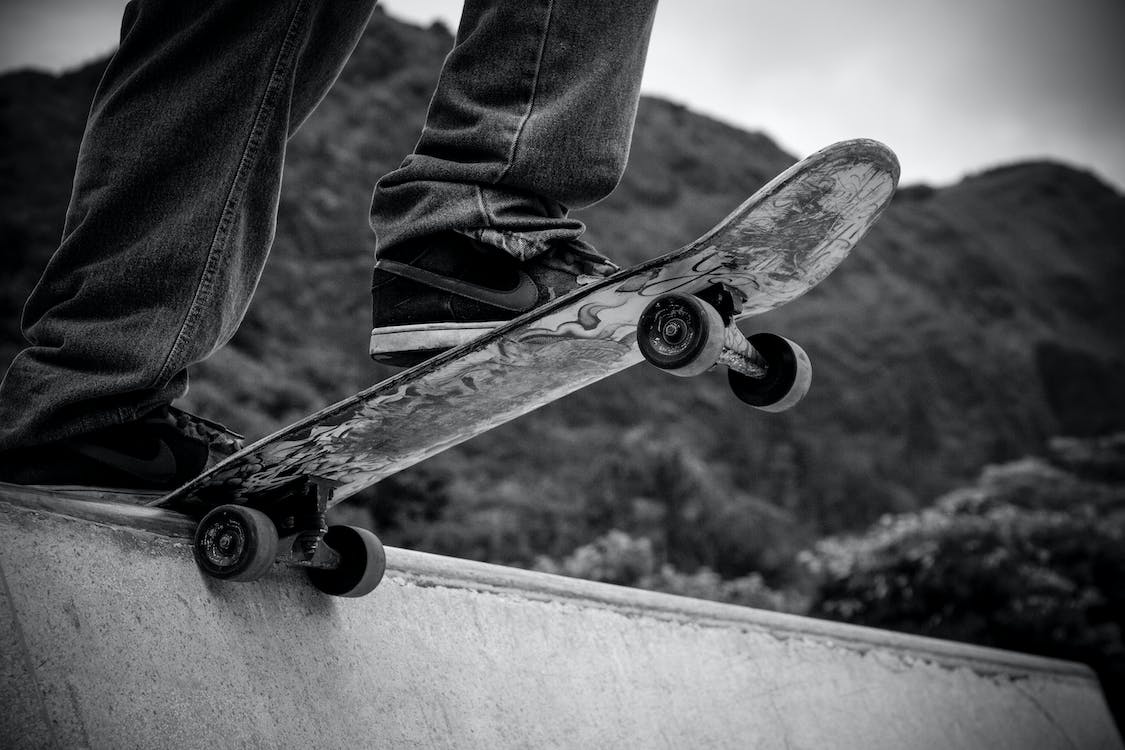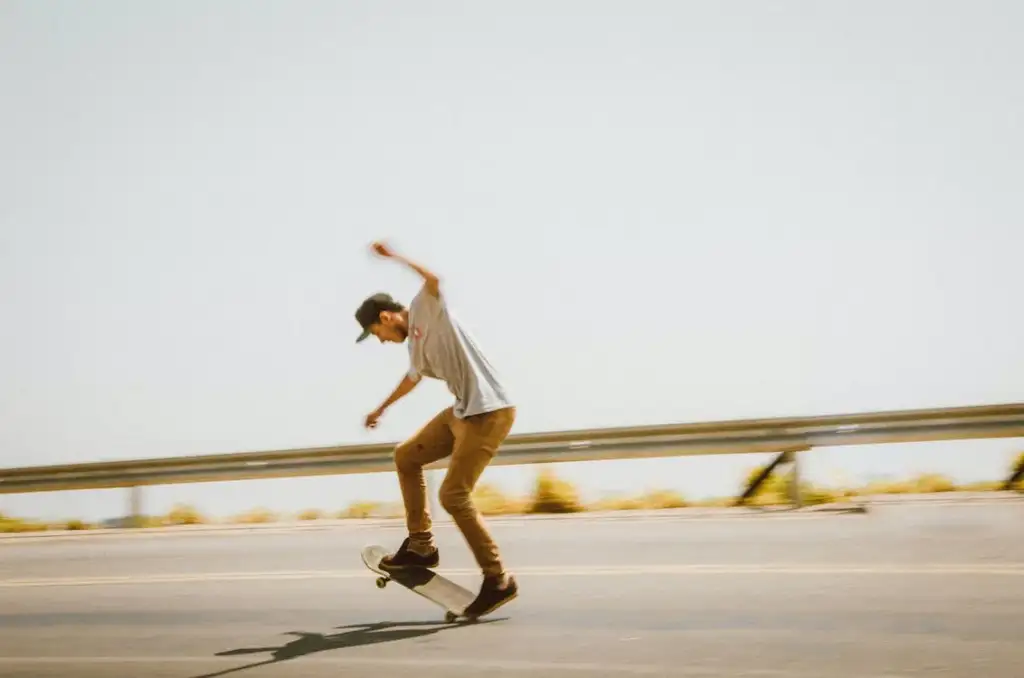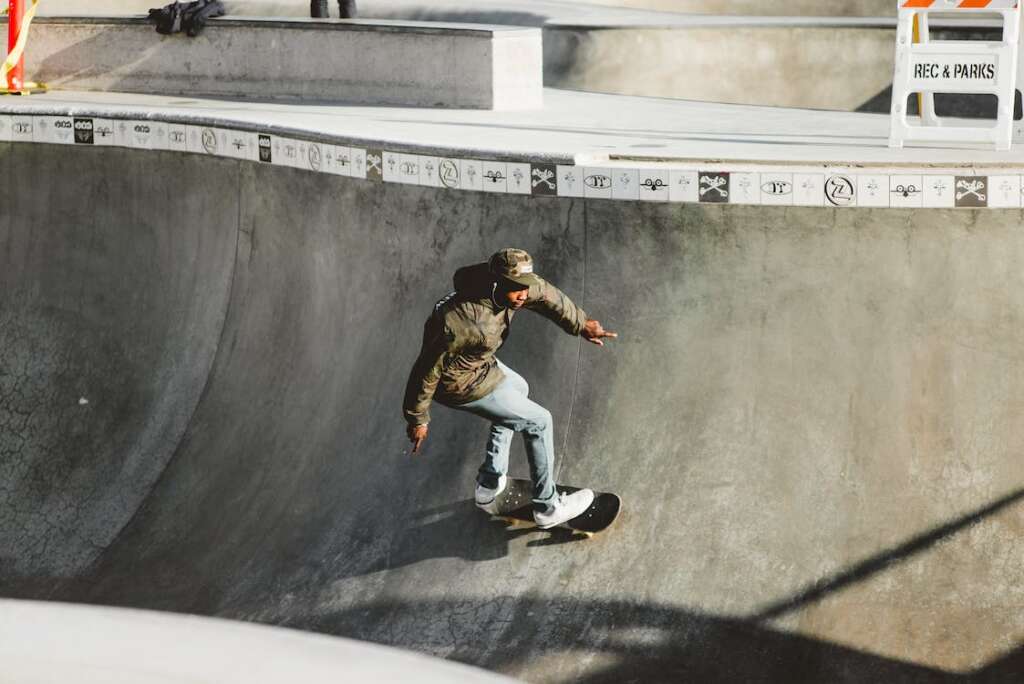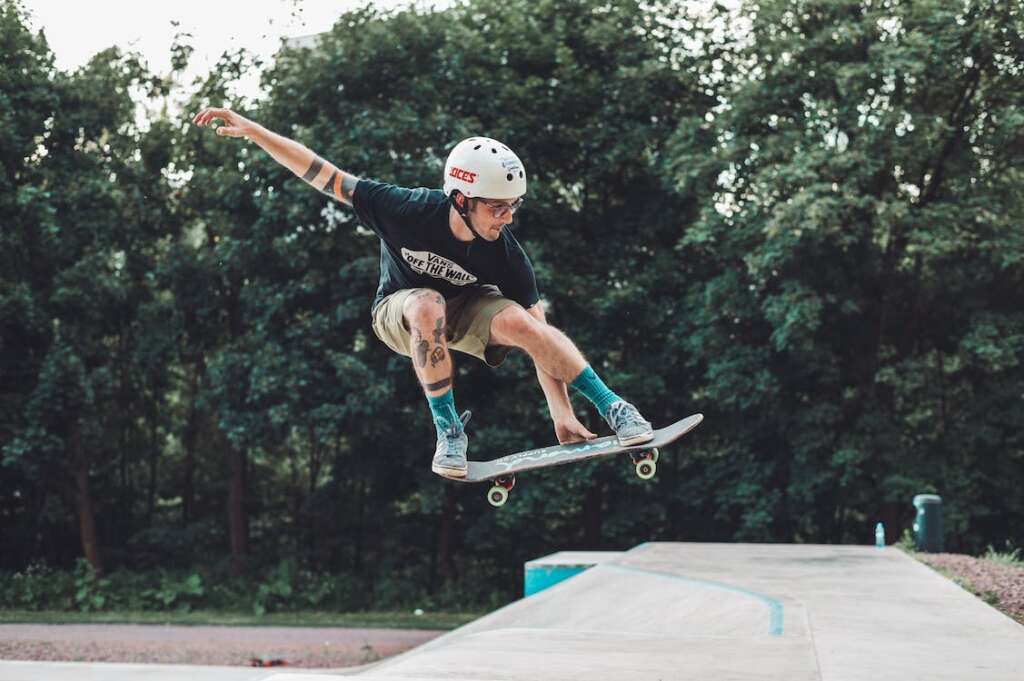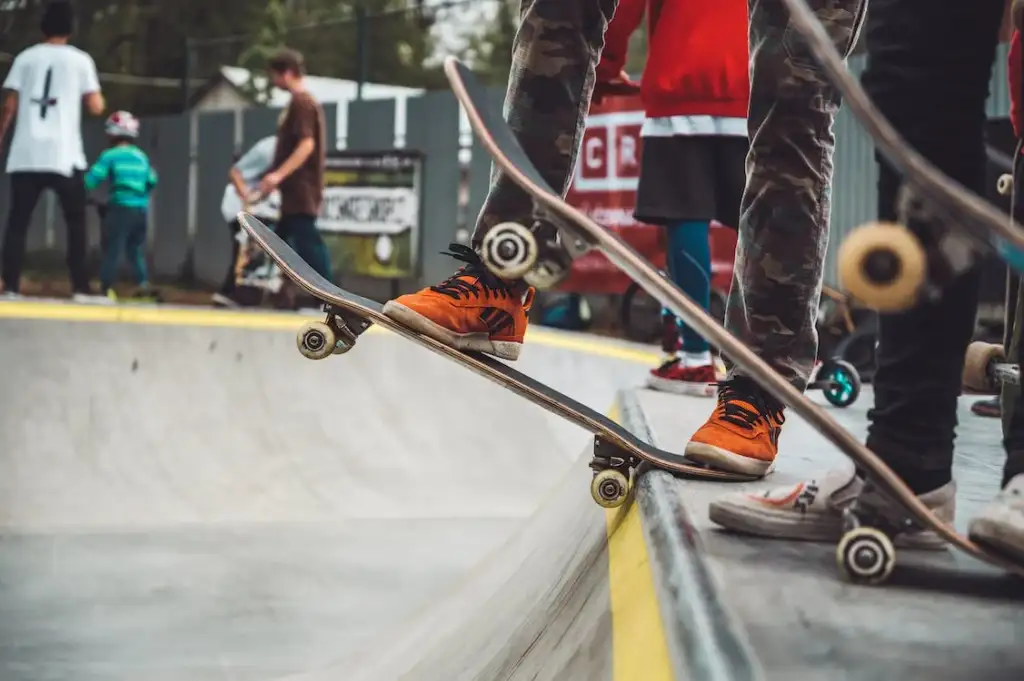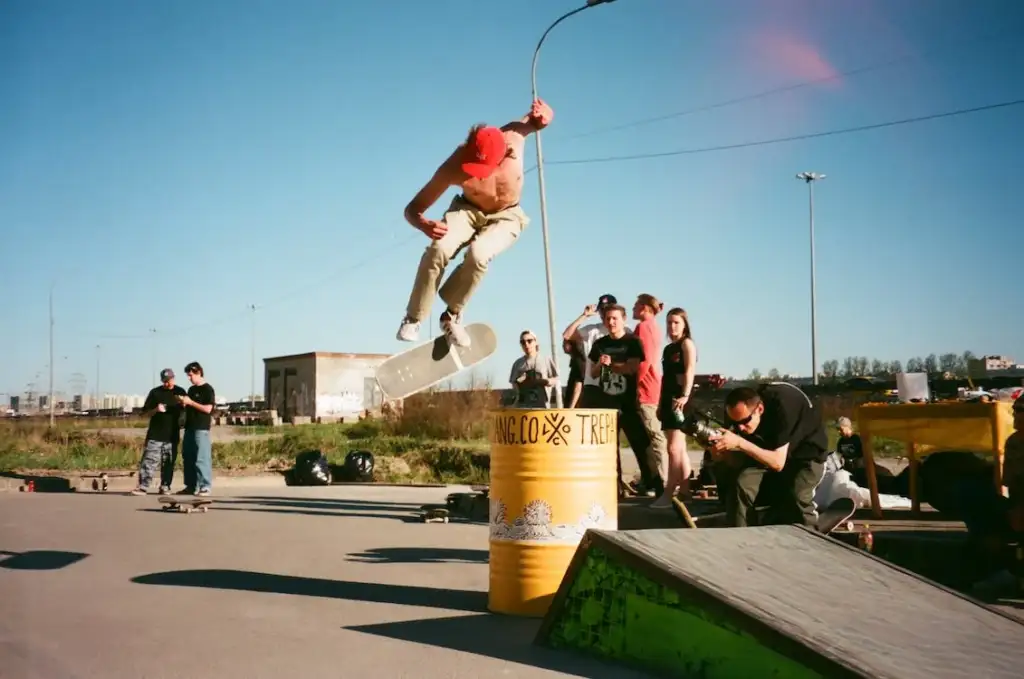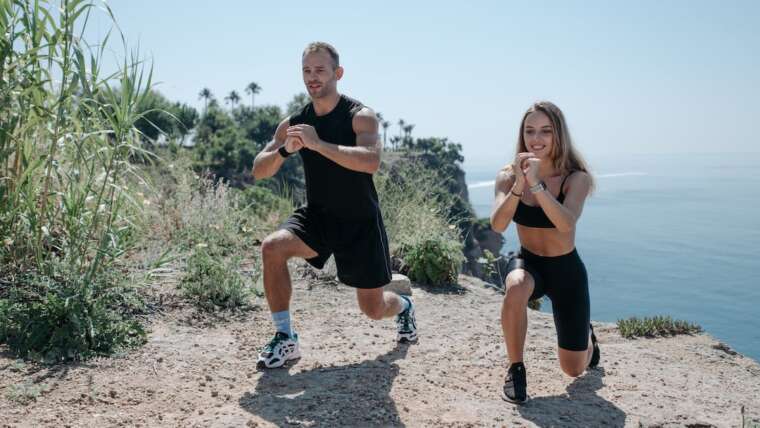Skateboarding is a thrilling and exciting sport that people of all ages and skill levels can enjoy.
Whether you’re a beginner or an experienced skateboarder, there are always new tips and techniques to learn that can help you improve your skills and stay safe on the board.
In this article, we’ll cover some of the essential skateboarding tips and tricks for beginners and advanced riders alike.
From getting the right skateboard to learning to fall safely, using your arms for balance, centering your weight over the board, starting small and working your way up, and wearing protective gear, we’ll provide in-depth insights and valuable advice to help you become a better skateboarder.
So, if you’re ready to take your skateboarding skills to the next level and have fun while doing it, read on for our top skateboarding tips and techniques:
How To Skateboard Safely? | Skateboarding Tips and Tricks
Let’s talk about the tips to get better at skateboarding:
1. Get the Right Skateboard
Getting the right skateboard is one of the best skateboarding tips for beginners. There are many factors to consider when choosing a skateboard, including size, shape, and style. It’s important to select a skateboard that fits your body type and your preferred style of riding.
For beginners, it’s often best to start with a traditional skateboard with a medium-width deck, about 7.5 to 8 inches. This size will give you a good balance of stability and maneuverability.
When selecting a skateboard, you’ll also want to consider the quality of the board. Cheap or low-quality skateboards may be tempting, but investing in a high-quality board can make a big difference in your performance and safety on the board.
2. Use Your Arms for Balance
Using your arms for balance can help you maintain control and stability while skateboarding. Keeping your arms out to the sides or in front of you is a skateboarding tip for beginners balance that can help you stay balanced, especially when turning or carving.
To maintain good posture and balance, make sure to keep your head up and your shoulders level with the board. Avoid leaning too far forward or backward, as this can throw off your balance and lead to falls.
3. Center Your Weight over the Board
Centering your weight over the board is key to maintaining control and balance. Keep your feet shoulder-width apart and your weight evenly distributed between them.
When turning or carving, shift your weight in the direction you want to go. This will help you maintain control and avoid losing balance.
It’s also important to keep your knees slightly bent and your core engaged, as this will help you understand how to start skateboarding safely.
4. Wear Protective Gear
Protective gear is essential for staying safe while skateboarding. A helmet is the most important piece of protective gear, as it can protect your head from serious injury in the event of a fall or collision.
In addition to a helmet, knee pads, and elbow pads can help protect your joints from injury. Wrist guards can also be useful, especially for beginners who are more likely to fall.
Wearing protective gear is probably the best skateboarding tip and trick that can give you the confidence to try new things and push yourself to improve your skills. Always make sure your gear fits properly and is in good condition before skating.
5. Start Small and Work Your Way Up
Skateboarding can be challenging, so starting small and working your way up is important. Begin by practicing on flat surfaces, such as a driveway or parking lot, before moving on to more challenging terrain.
As you gain confidence and improve your skills, you can start practicing basic tricks like ollies and kickflips. Gradually work your way up to more advanced tricks and terrains, but always prioritize safety and proper technique.
6. Learn to Fall Safely
Falling is an inevitable part of skateboarding, so it’s important to learn how to fall safely if you want to get better at skateboarding. One of the most effective ways to do this is by practicing falling on a soft surface, like grass or a foam pit.
When falling, try to keep your arms and legs close to your body to protect your joints. Try to roll or slide, rather than hitting the ground hard, to reduce the impact of the fall.
It’s also important to avoid using your hands to brace your fall, as this can lead to wrist injuries. Instead, try to tuck your arms in and roll through the fall.
Final Remarks
Skateboarding is a challenging and rewarding sport that requires practice, patience, and dedication to improve your skills.
By following these skateboarding tips and advanced techniques for beginners, you can stay safe, build confidence, and progress as a skateboarder.
Remember to always start with the right skateboard, learn to fall safely, use your arms for balance, center your weight over the board, start small and work your way up, and wear protective gear.
By incorporating these tips into your skateboarding practice, you can develop good habits and skills that will serve you well as you continue to progress. Above all, enjoy the process and
have fun on your skateboard. With time and practice, you’ll be amazed at how much you can improve and how much you can accomplish on the board.
So go out there and keep shredding!


